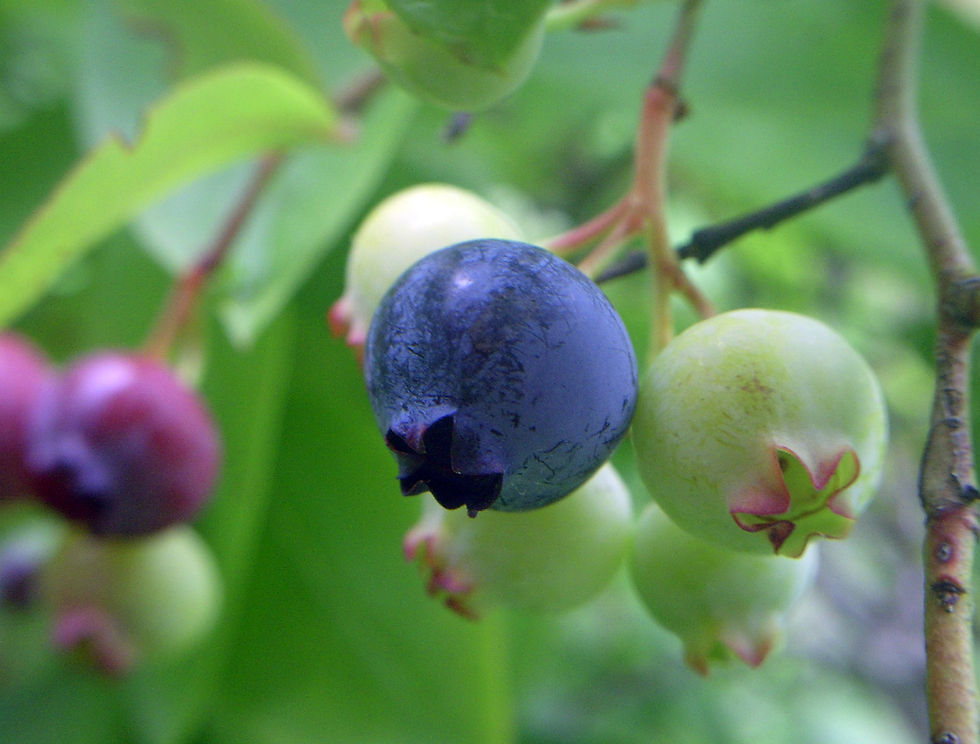Want fall color? Look no further than Sumac!
- Jennifer Anderson

- Oct 14, 2021
- 1 min read
Updated: Jan 3, 2024
I managed a trip to the Berkshires last week and was astounded by the fall color -- from the Sugar Maples of course but also from the Sumacs!
Rhus glabra was all over, waving its beautiful and brilliant deep-red leaves.

Female plants are the showiest, growing glorious red berry clusters that shine all winter long.
Rhus glabra ranks “very high” on the EPA’s database of native plants. It attracts birds and butterflies and is a Hairstreak larval host. It also is an important
nectar source for native bees and attracts honeybees and Monarch butterflies.
Rhus Aromatica (Bruce Marlin)
It's native across most of the United States and loves sunny, dry sites, although it also will grow in shade.
Another sumac to consider Rhus aromatica, also “very high” on the pollinator count and a little smaller than its cousin, growing just 6 to 10 feet tall. Fragrant Sumac’s leaves-of-three look a bit like poison ivy--but no worries! This plant is not only beautiful with orange and red fall colors, it is non-poisonous. Its spring flowers provide nectar for butterflies, and it is a larval host for the Red-banded Hairstreak. Birds and mammals eat the berries well into winter.
Rhus aromatica also likes dry sites but will tolerate moist soil.
Sumacs loves to colonize, but I have seen smooth sumac grown as a single-trunk tree. All you have to do is mow underneath to control the suckers. Or, better yet, let it colonize!
In a wildflower or naturalized garden, it’s glorious--for its leaves and berries and all the beautiful critters that will meander into your yard.
Source: Wildflower.org





Comments